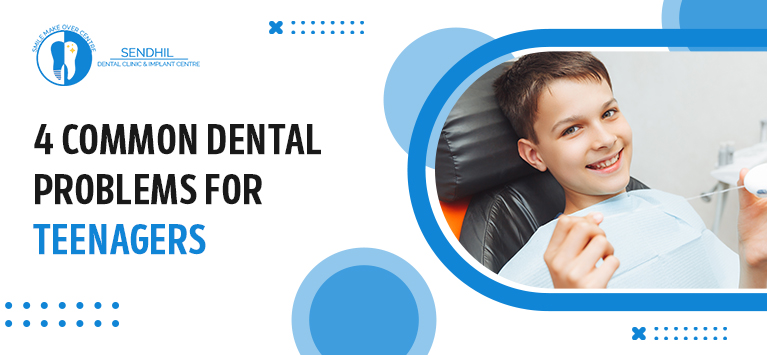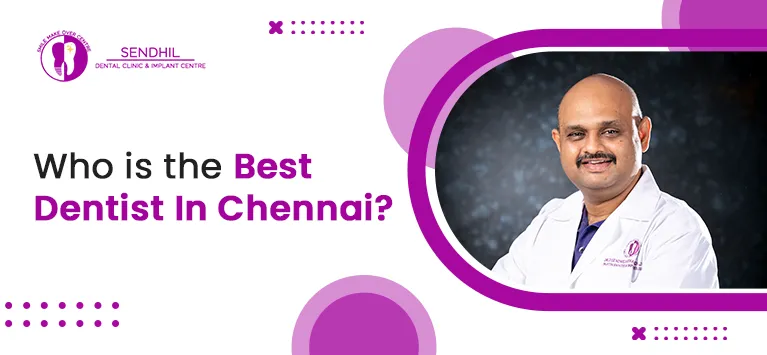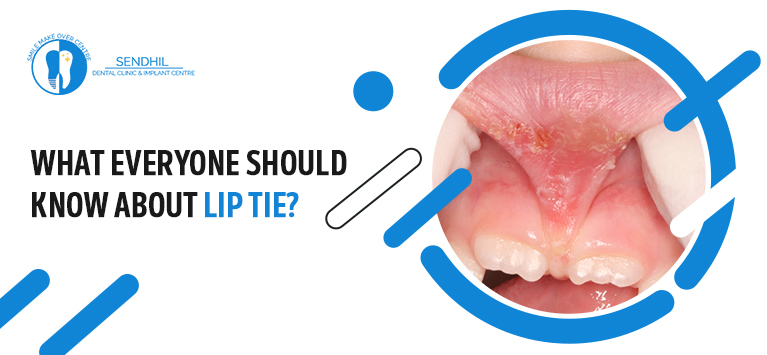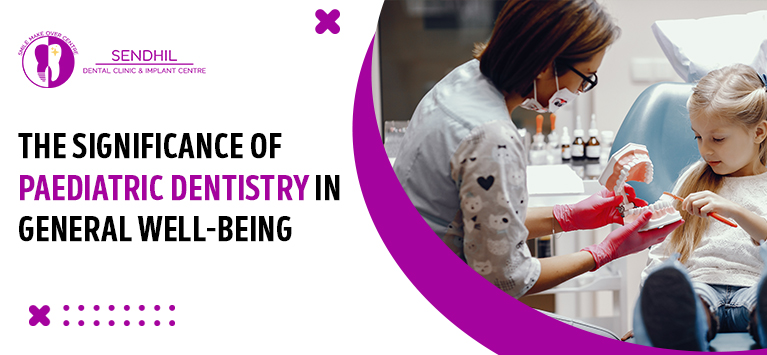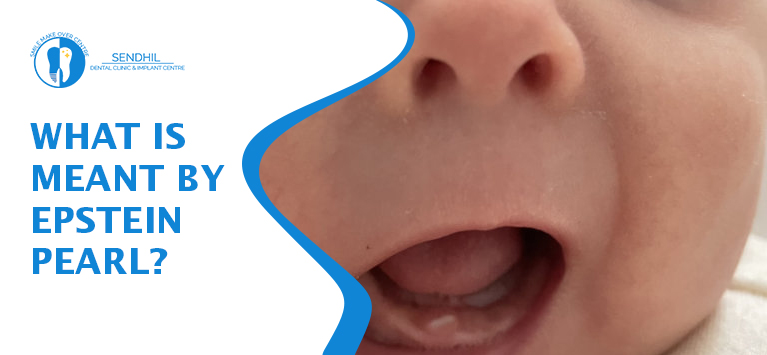
What is meant by Epstein Pearl (Ectopic Enamel Pearl)?
Epstein Pearls are small whitish or yellowish bumps that appear in the mouths of newborn babies. It is a common dental developmental anomaly, occurring in about 85% of infants. Such bumps appear due to the growth and development of enamel in unusual locations in the mouth. Hence dentists also refer this condition as “Ectopic Enamel Pearls”.
This condition is named after the Czech pediatric dentist Alois Epstein who discovered it in 1880.
As the white bumps resemble a newly erupted tooth, many parents mistakenly thought it as natal teeth or gingival cysts. In this article, we have emphasized the features, underlying causes along with their risk factors. Keep reading.
Table of Contents
How do Epstein Pearls occur?
The enamel pearls develop in the stage of teeth development (i.e.) the enamel’s ectopic development takes place before the baby is born.
The enamel pearls develop mainly due to some layers of skin getting stuck when the palate (roof of the mouth) develops. It happens because the palate and the sides of the jaw fuse in this stage. Our skin contains a protein called keratin, which begins to accumulate over the palate so that this build-up causes white bumps in a baby’s mouth.
Similarly, it is also caused by developmental defects of enamel. When the old dentin-forming cells and remains of the root epithelium do not separate from the newly created dentin, they also tend to develop bumps on the tooth root near the gum line.
These are the possible causes why you noticed unusual whitish spots on gums or on the roof of your baby’s mouth.
How does the enamel pearl look like?
The white bumps look like small pimples and they are sized between 1 to 3 mm. In certain cases, the bumps appear as a cluster of 2 to 6.
It is highly appearing in the upper molars of newborn infants. Rare are the cases, the enamel pearls appear in adults. We have noticed many adults mistaken dental cysts for ectopic enamel development. Despite enamel pearls are identical to dental cysts, the enamel pearls are different from those cysts in the following ways:
- The Epstein pearls do not grow over time
- They are harmless except the mild pain and irritations.
Will your kid need Epstein pearls treatments?
As we stated, the Epstein pearls are benign in most cases. Your child might encounter some mild discomforts. Moreover, those whitish bumps subside or fade away within a few months.
However, a dental consideration is essential if you notice such unusual bumps inside your mouth in a few weeks after the baby is born. This is because various oral problems and dental abnormalities also share the symptom of whitish bumps. Some are listed below:
- Oral thrush
- Natal teeth
- Dental lamina cysts
- Congenital epulis
- Bohn nodules
How does a dentist treat enamel pearls?
Pediatric dentists use radiograph imaging systems to determine if the bumps are caused due to abnormal development of enamel or other causes. If the bumps developed due to natal teeth, gum infections, dental calculus, or other problems, the dentists would go for further procedures.
For enamel pearls, dentists take care of surgically removing the accumulated particle grown in the root region but it occurs in rare cases.
Mostly, the friction in a baby’s mouth from breastfeeding or bottle feeding would rupture the bumps so that enamel pearls go on their own in a short time.
What should a pregnant woman do to prevent enamel pearls in her baby?
This dental developmental anomaly is inevitable. We have witnessed this problem in many babies even though their mothers maintained proper oral care during pregnancy. Meanwhile, various factors are contributing to Epstein pearls. They are:
- Getting conceived after 35
- Overdue Pregnancy
- Fetal Macrosomia – Newborn baby who weighs more than normal
Bottom line
Epstein pearl (or) Enamel pearl is a common, harmless dental abnormality and it is prevalent in many newborn babies. This causes white or yellow-colored bumps in the mouth. It begins to happen in the teeth development stage but it fades within a few months after the baby is delivered.
In the meantime, you should not neglect this condition and consult your dentist to diagnose whether any other factors are contributing to this problem.


